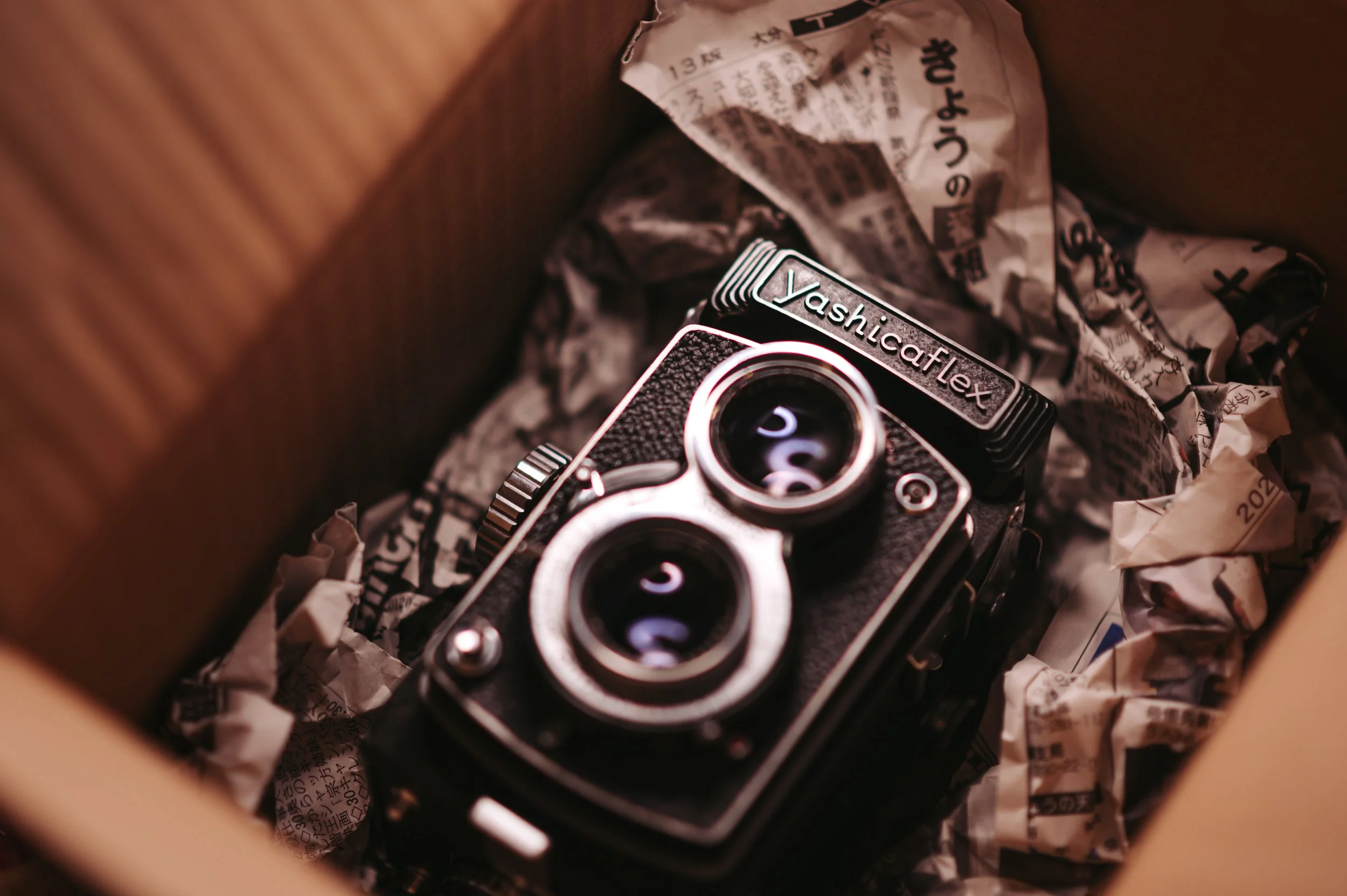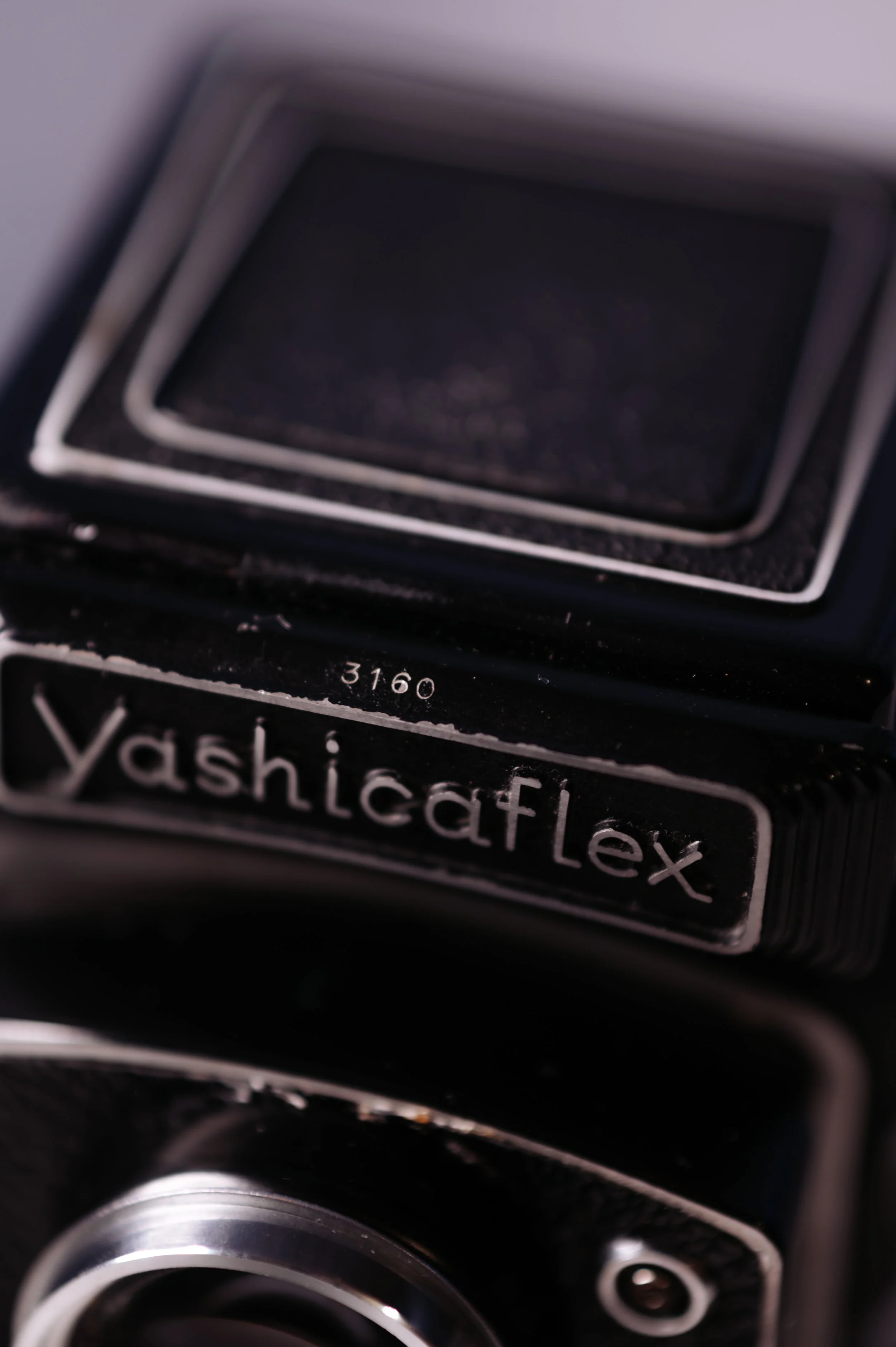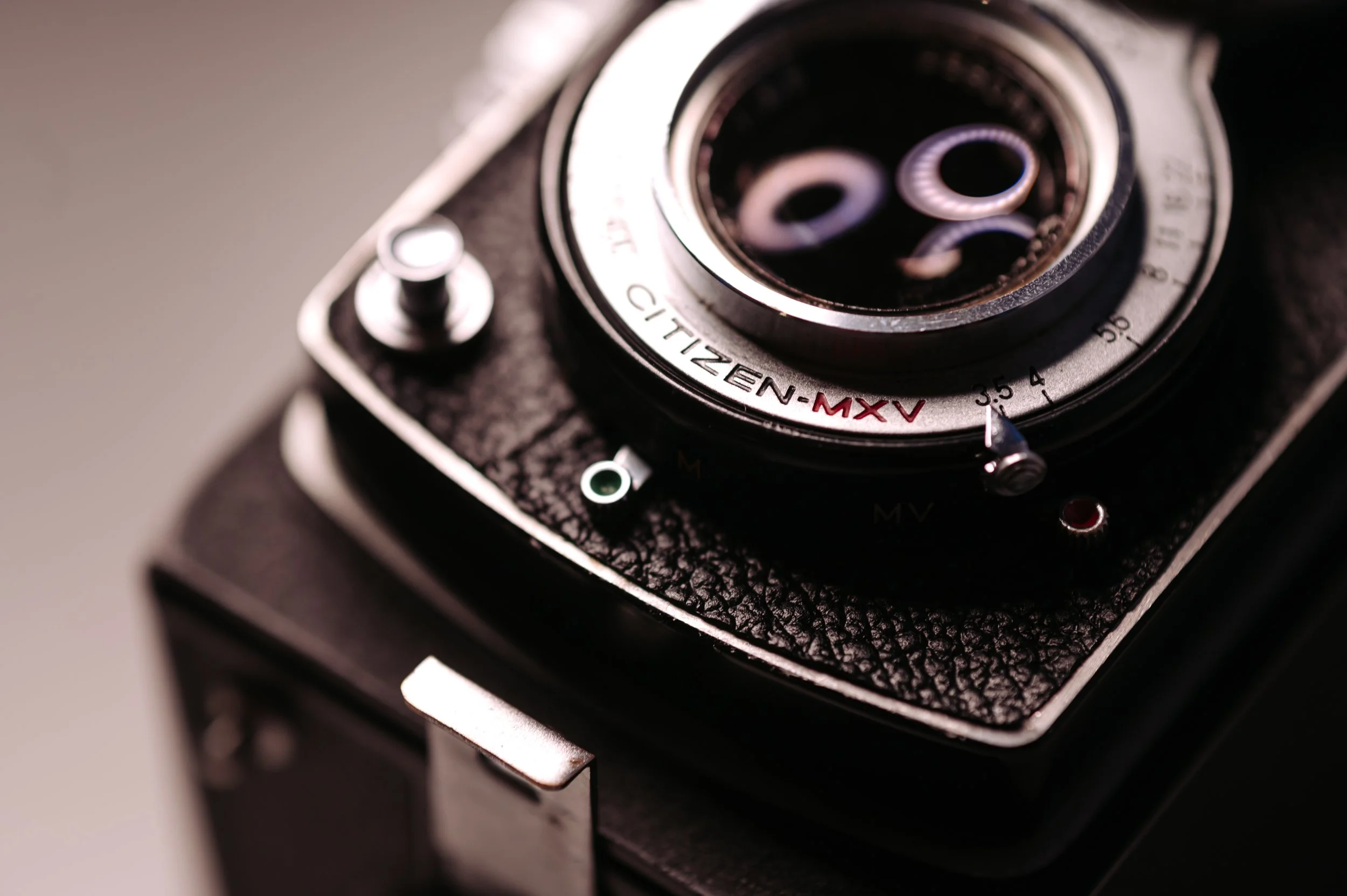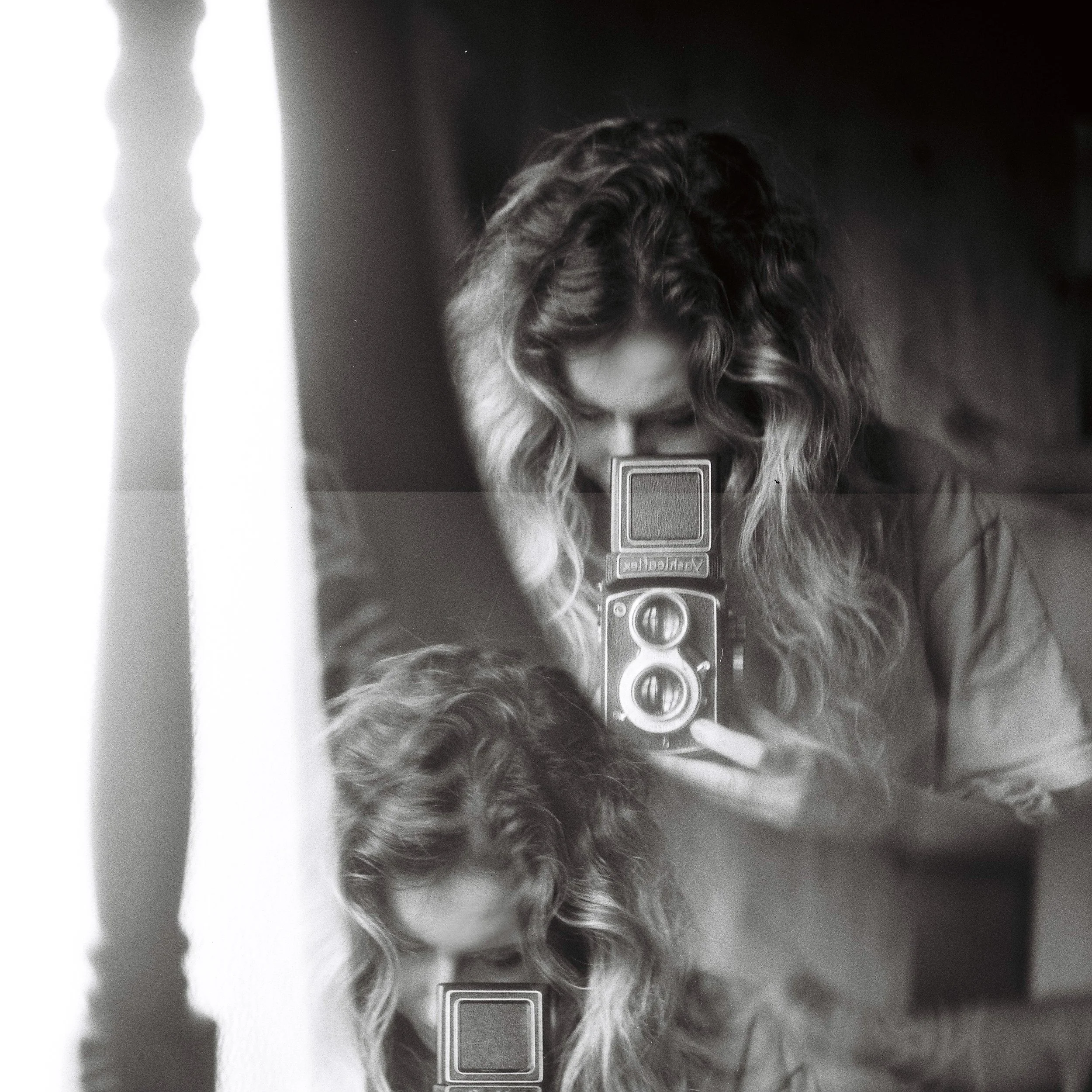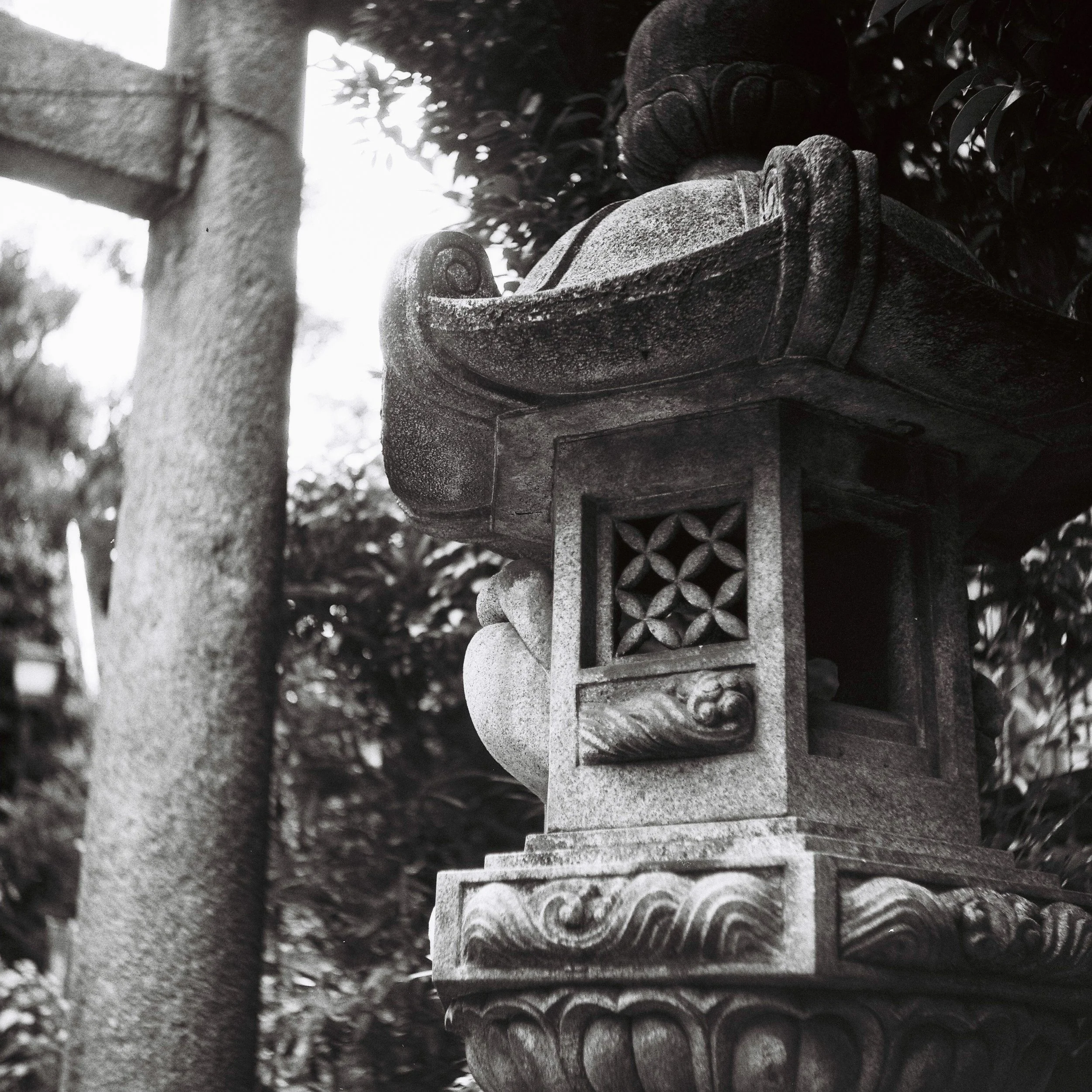Shooting Film on a Yashicaflex Twin-lens Reflex Camera
If I ever won the lotto I would never tell a soul, but there would be signs. Camera-shaped signs.
I am absolutely obsessed with photography, it’s my life, my truest love, my reason for being, and so on and so forth. I love the act of taking photos: turning momentary stories into tangible things and having a way to express my interpretation of the world, but I never really considered the type of camera itself to be all that integral to the process. But now I can’t stop thinking about cameras new and old, and this is how I got obsessed with a camera from 1956.
As many long-term readers and followers would know, my main camera is a Nikon Z6, it’s my workhorse and I can’t imagine life without it. But now I associate the Z6 with work, and when I’m shooting for fun I don’t like that feeling. So over the past couple of years I’ve amassed an eclectic family of cameras.
Let me introduce them to you.
There’s, of course, my Nikon Z6. A mirrorless powerhouse, this camera gave me a photography career. But when I want to go shooting and not have a powerful and heavy camera on me, I have my absolutely adorable Lumix DMC-LX9 digital point-and-shoot, which is small and discreet but packs a punch quality-wise.
I love film photography, too, so my primary film camera is a Nikon FA with its gorgeous 50mm f.1.4 lens. But the FA gets a bit heavy, so I also got myself a Fuji Cardia Zoom point-and-shoot for easy film shooting. Then there was Ricoh (RIP), the brilliant little Ricoh R8 that opened my eyes to the beauty of lo-fi photography, but I felt like I wanted something different… something old…
One night while browsing Mercari for retro cameras I found a Yashicaflex for ¥8,000 and I bought it. It arrived a few days later in a small box, tightly wrapped in plastic and sitting gently on a bed of newspaper. My new little baby.
All about the Yashicaflex
The Yashicaflex Twin Lens Reflex (TLR) camera is a vintage beauty from the 1950s that’s still a favourite among film photographers today. It’s called a twin lens because it has two lenses stacked on top of each other—one for viewing and focusing (through the waist-level viewfinder), and one for actually taking the shot. Actually, the waist-level viewfinder is one of my favourite things about this camera. There’s something really special about a non-digital viewfinder.
The Yashicaflex uses medium-format 120 roll film and produces 6x6cm negatives. The larger negative size means sharper details and richer tones compared to smaller 35mm film. It’s a fully manual camera with no digital components, so you’ll need to expose properly by adjusting the shutter speed and aperture yourself (I use an exposure meter app). The camera is solid and sturdy, and is known for producing beautiful images with a timeless, vintage feel.
Shooting on the Yashicaflex for the first time
The first thing I did before doing anything was watch a bunch of YouTube tutorials on the Yashicaflex. I had never worked with a medium-format camera before, and I didn’t know what all the dials and buttons did.
After familiarising myself with the camera and eager to get shooting, I loaded a roll of Ilford SFX 200 black and white film into it.
I walked to a nearby park and took a couple of frames. I used a free light meter app to get the aperture and shutter speeds and fired off a few shots.
I thought I was doing pretty good at this medium-format thing, before I realised that I hadn’t been advancing the film after taking a photo. It did produce a nice accidental double-exposure, anyhow.
After finishing the roll I took it to BIC Camera in Shibuya for processing. It took about 10 days and cost ¥2,700 (gah), and frankly I wasn’t sure if any of the photos would turn out. Unfortunately the only way that they could deliver the photos digitally was on a CD-ROM… like a literal CD. Something about Japan living in 2050..
Anyway, I picked up the negatives and CD today and was absolutely stoked that basically every photo was perfectly exposed. I’m really happy with my first set of 120 film photos, so here they are.
